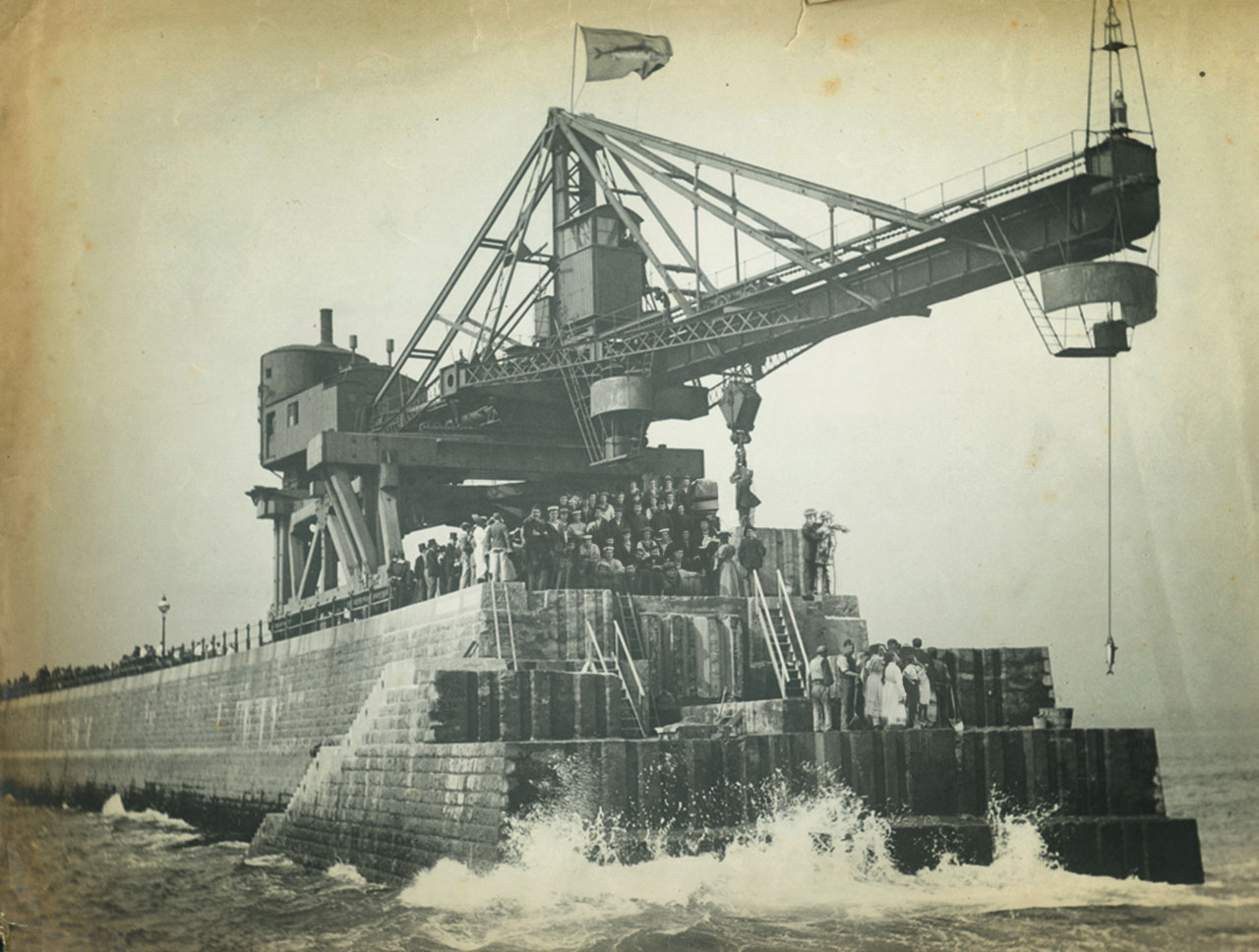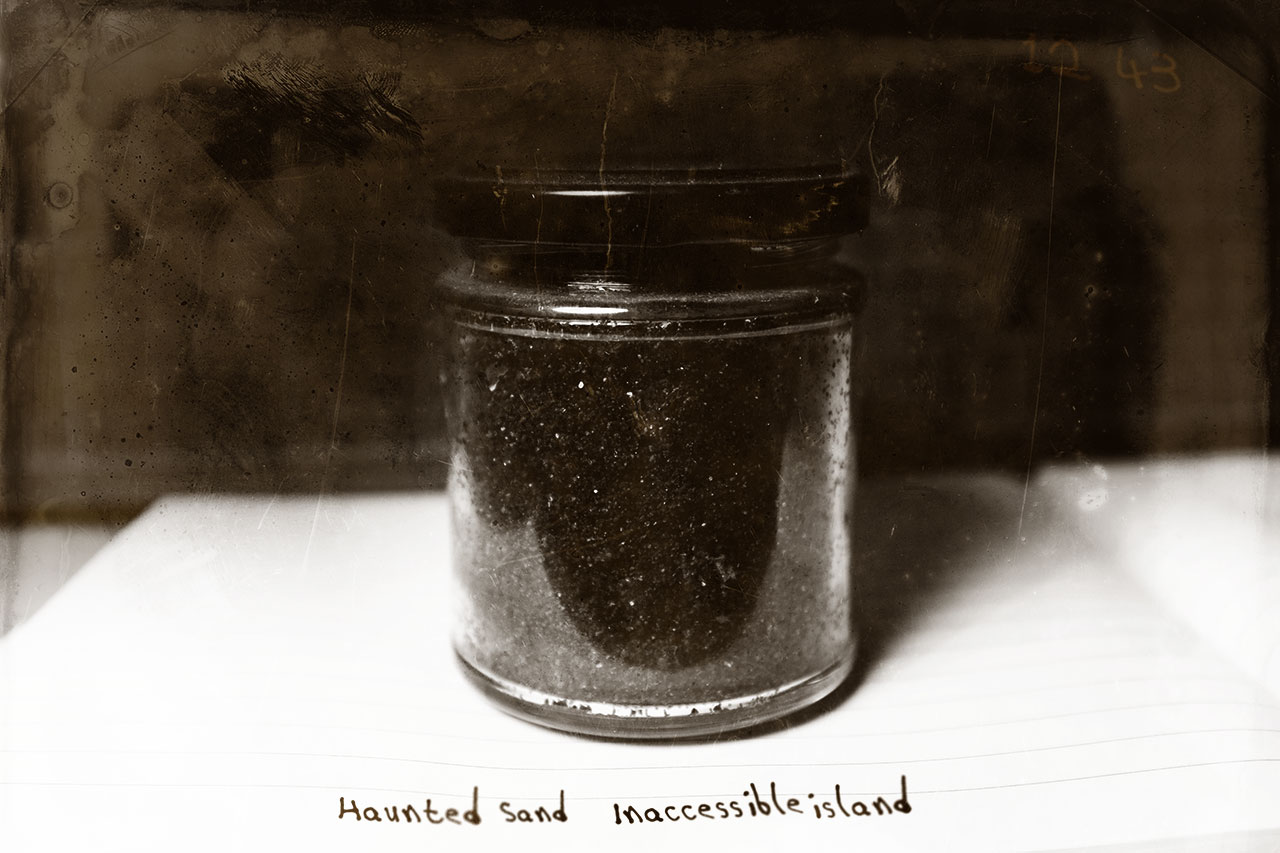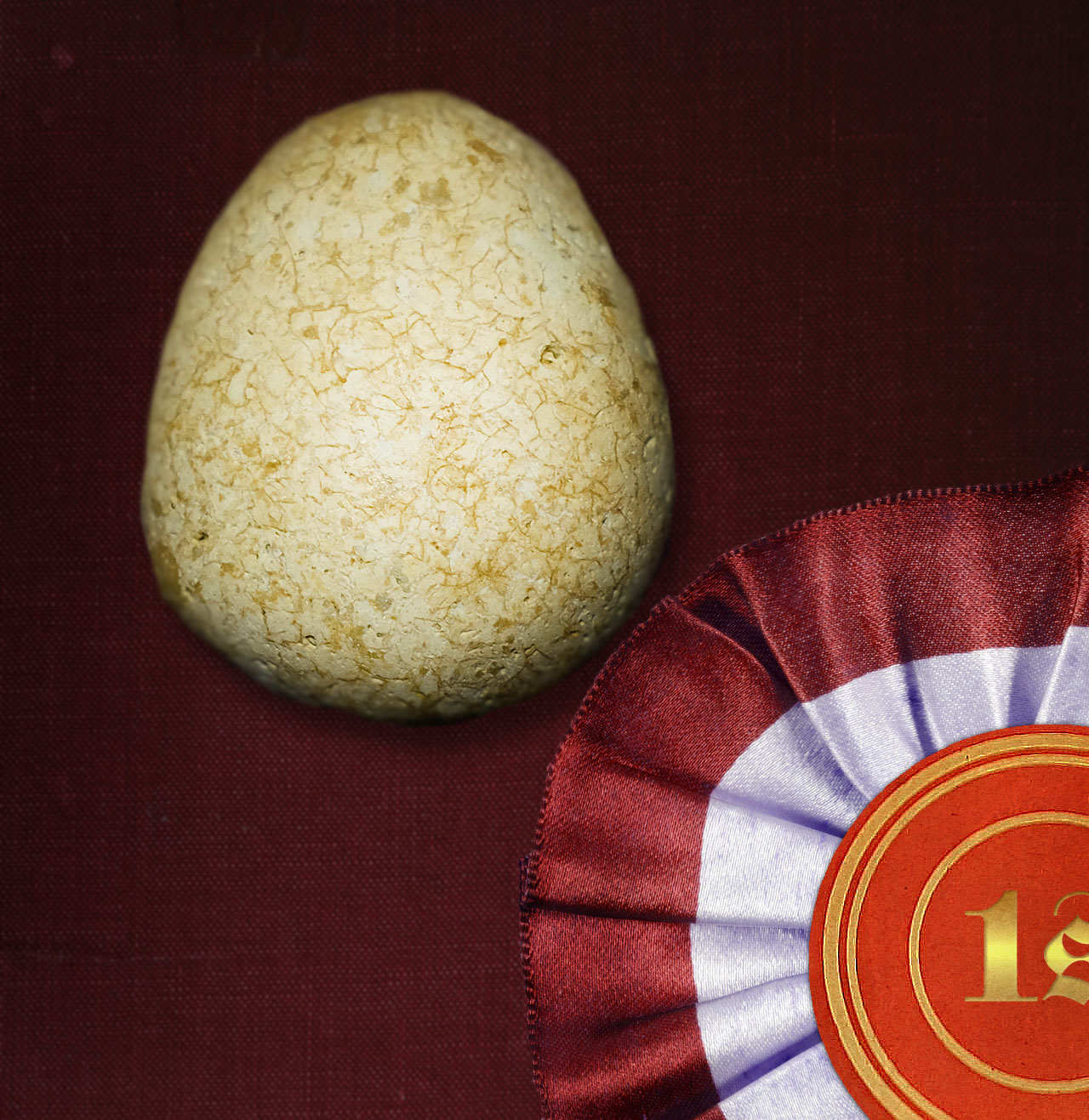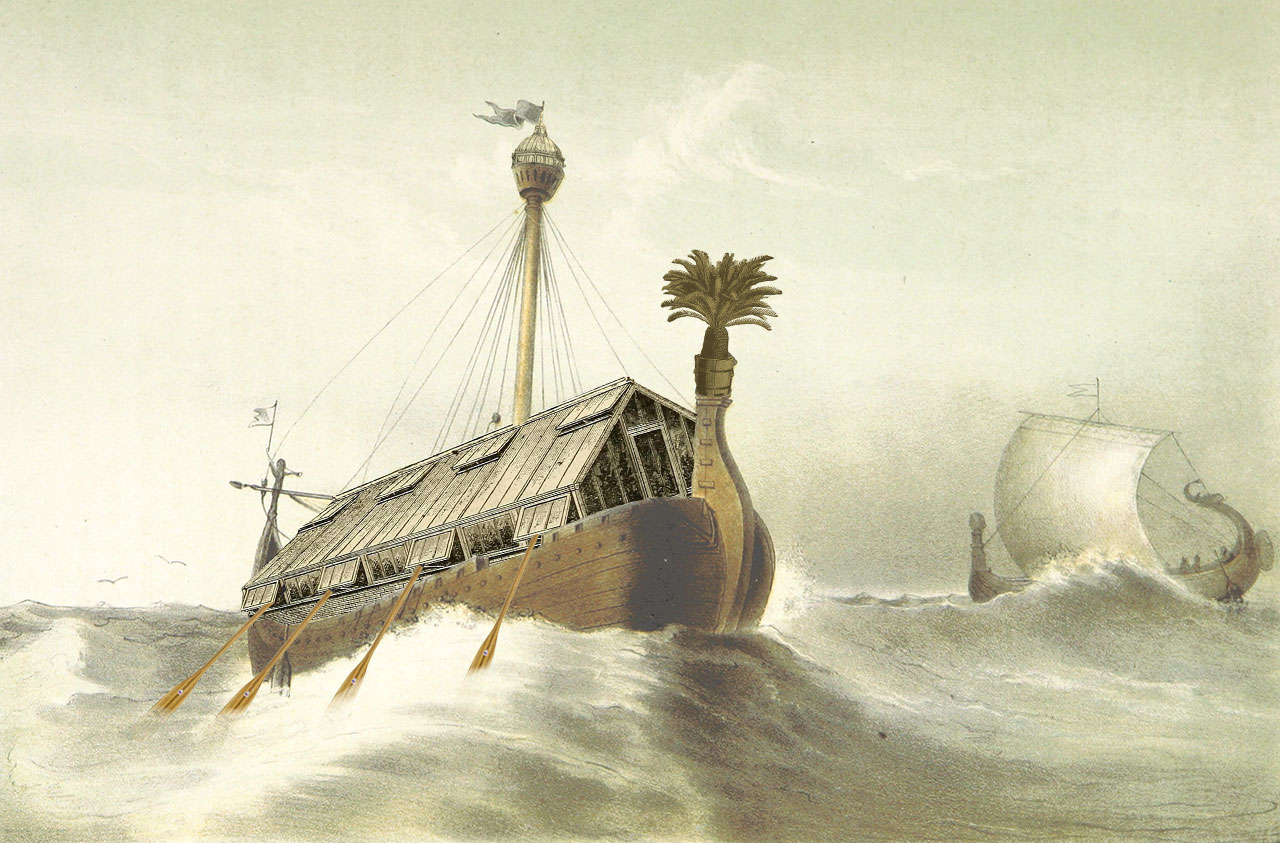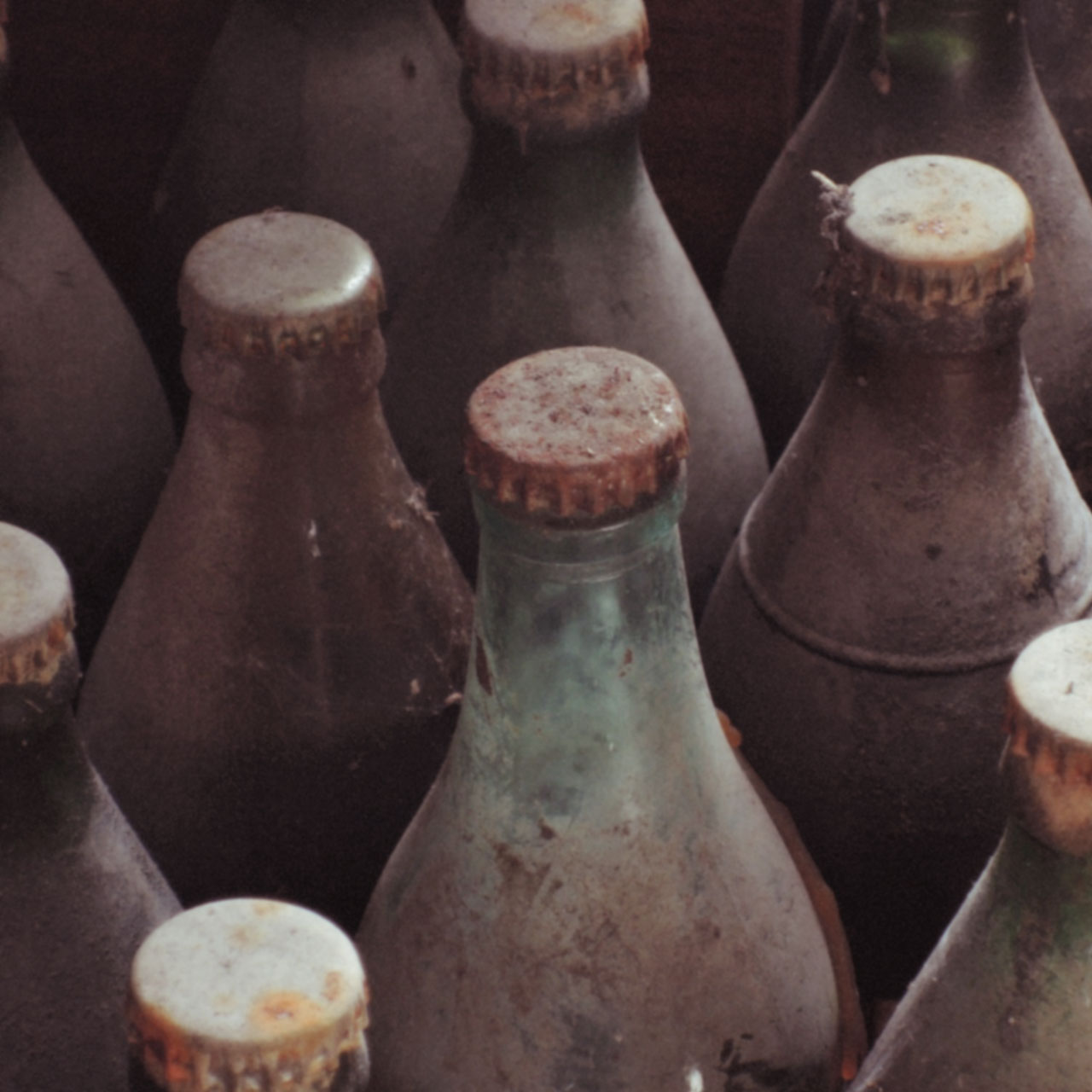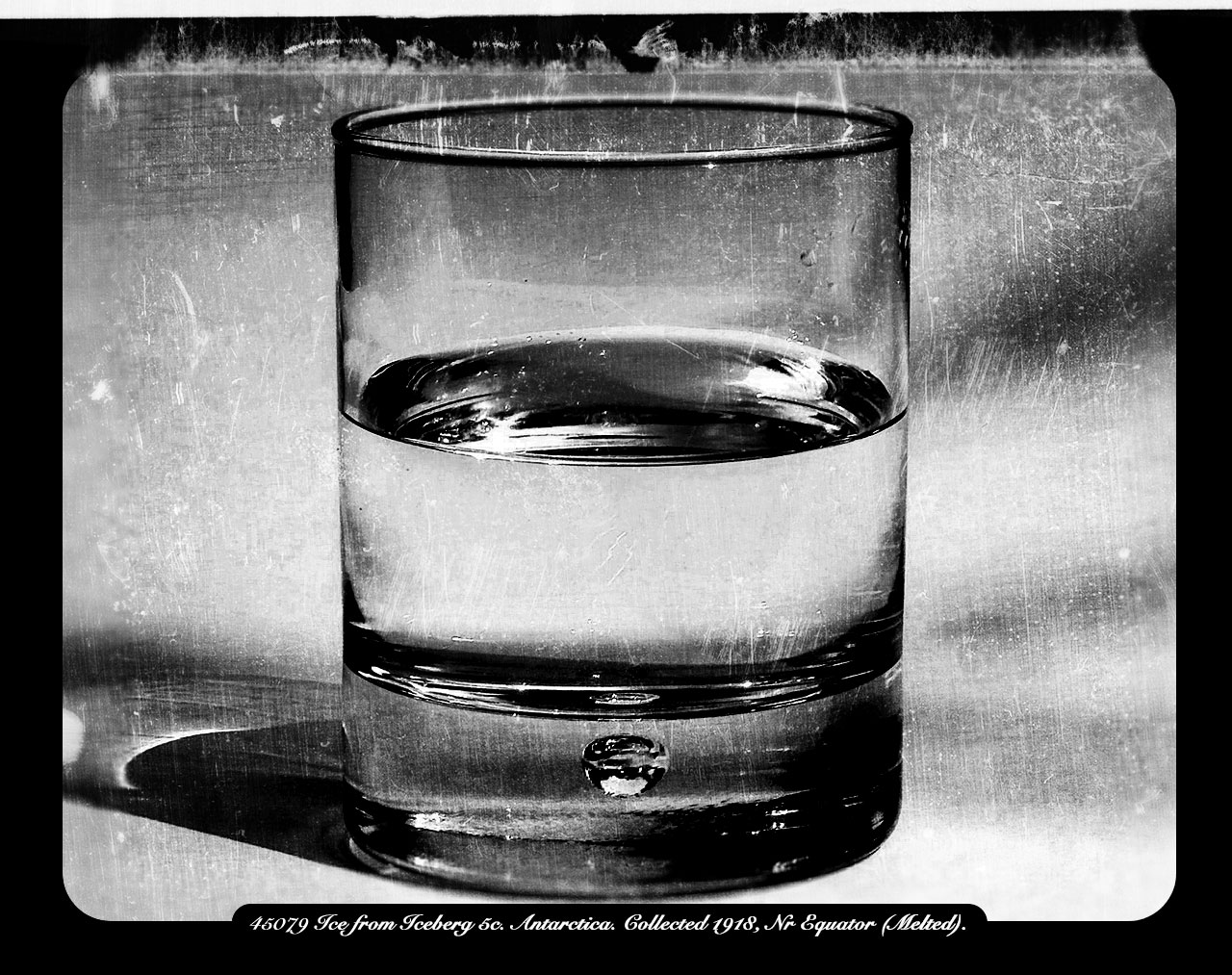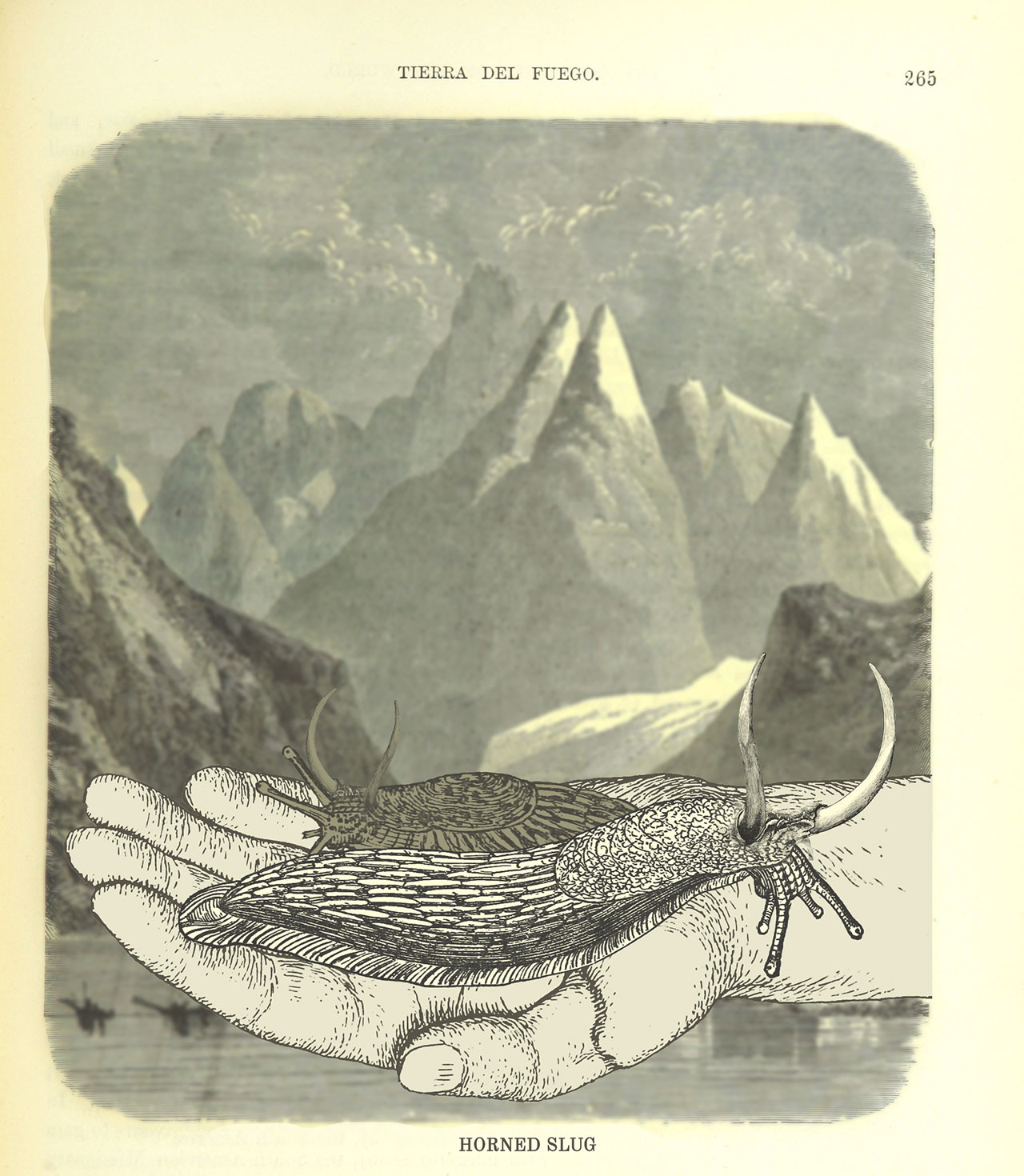
Hadley Droitwich was in love with petty officer Simon Justin Fisher R.B.A.J.D and snuck aboard a ship he was assigned to, SS Spigot in March 1900, destined for the South-Indies with a shipment of full-cream butter. On discovering the stowaway, whom he did not recognise, Fisher reported Droitwich to his superiors, who promptly placed them both under observation in the hold. In the semi-darkness, Droitwich proceeded to batter Fisher with a nearby butter-pat and swore the destruction of the ship, nail by nail until the love, proffered in the heat of wild abandon, was consumated. Unrequited, Droitwich then proceeded to pull out nails in the ship's hull as though they were teeth, but was stopped by the 3rd Mate twice removed after 16, the standard issue for a single plank, had been extracted. Droitwich was then, gently, nailed to the plank by the cuffs and towed behind the ship for the remainder of the journey, some 2 months.






